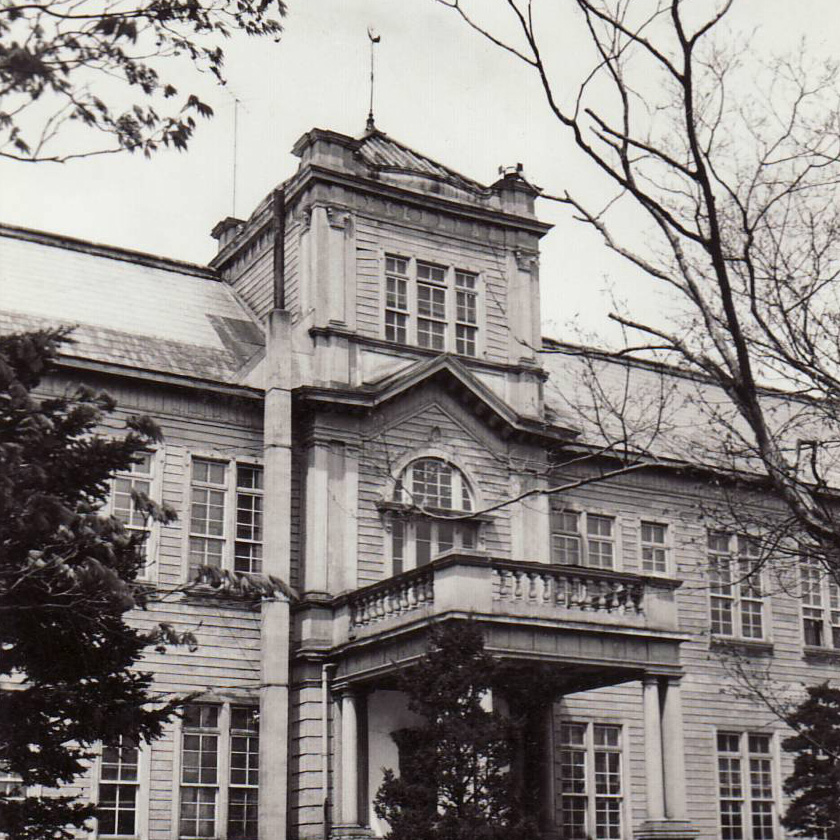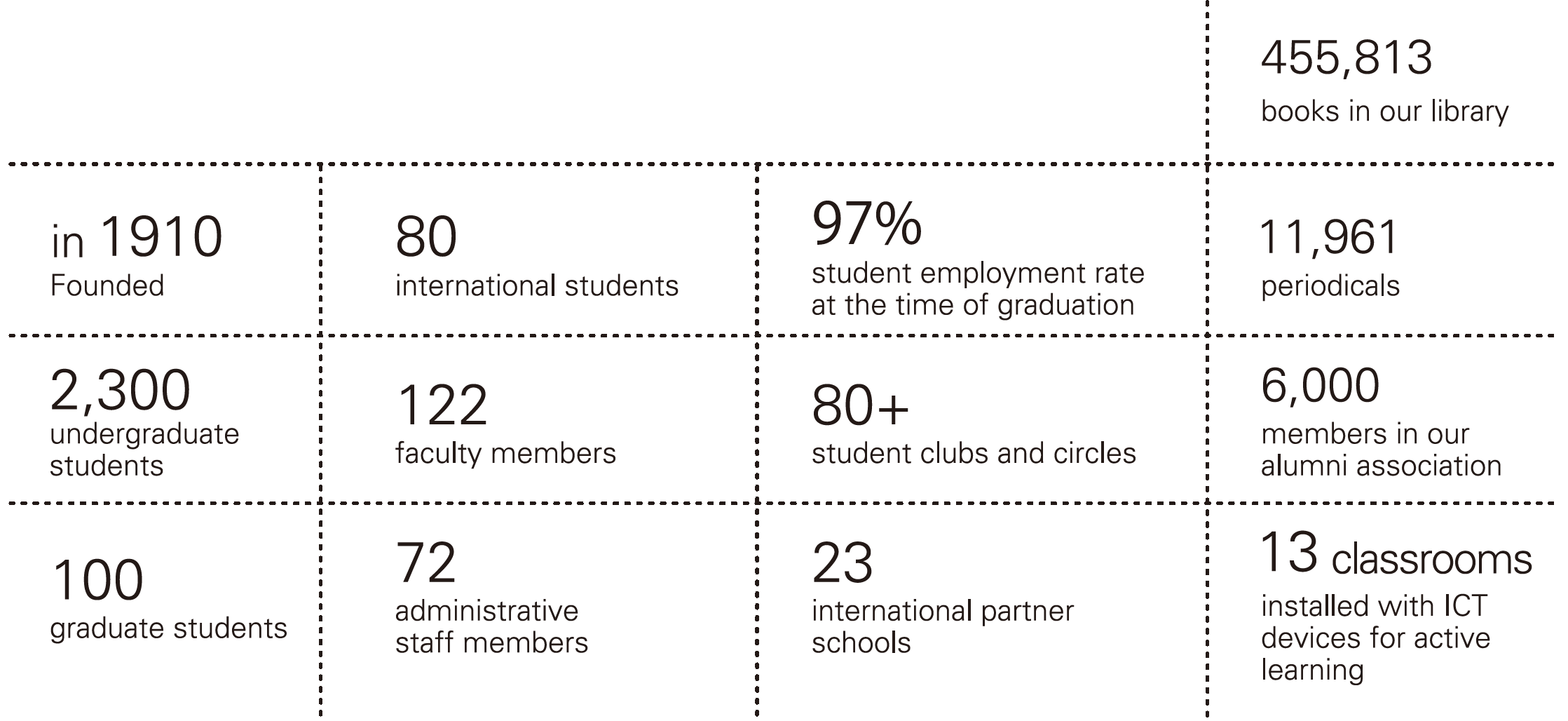


This quote has long been used to describe OUC, an institution that has kept its fame during almost 100 years of academic achievement and distinguished graduates.

Otaru University of Commerce is and has been a center of social sciences and humanities in northern Japan. Reflecting its history of having been established as Otaru Higher Commercial School, the university has been emphasizing the link between theory and practice, in addition to its solid academic foundation. Its strength in foreign language education is a consequence of this practical attitude. For both business and academic activities, practical ability in foreign languages is critically important.

Otaru University of Commerce has maintained its small size, enabling it to have close communication within its academic community and within the prefecture. This characteristic enables OUC to offer courses in which students work on projects with local people.

OUC also emphasizes global education based on the truth that there are no borders in business. OUC offers various programs and courses for study abroad. In 2015, OUC launched the Glocal Management Minor Program, which provides more opportunities for students to study in an international environment.

Unlike traditional “passive learning” styles in which teachers give one-way lectures, in “active learning” (AL), students are at the center of learning, with task-oriented research, PBL (Project Based Learning, oral presentations and more. AL classrooms include cutting-edge ICT equipment such as tablet devices, multiple wall projection screens, discussion tables and more, and we have also made it possible for teachers to conduct classes interactively using iPads.

In a departure from the concept of conventional libraries where people quietly sit and read, the remodeled library features a main floor (2F) with a group learning room and an open space as part of an active learning area for students. That floor is also used as a learning commons area where students can work together.
The third floor is more in keeping with the conventional image of a university library. The facility’s extensive collection, which has been built up over the university’s history of more than 100 years, is one of the nation s’ largest and includes various documents that are important in social science and other areas.

See the Campus in motion (created by “Apricot”).
